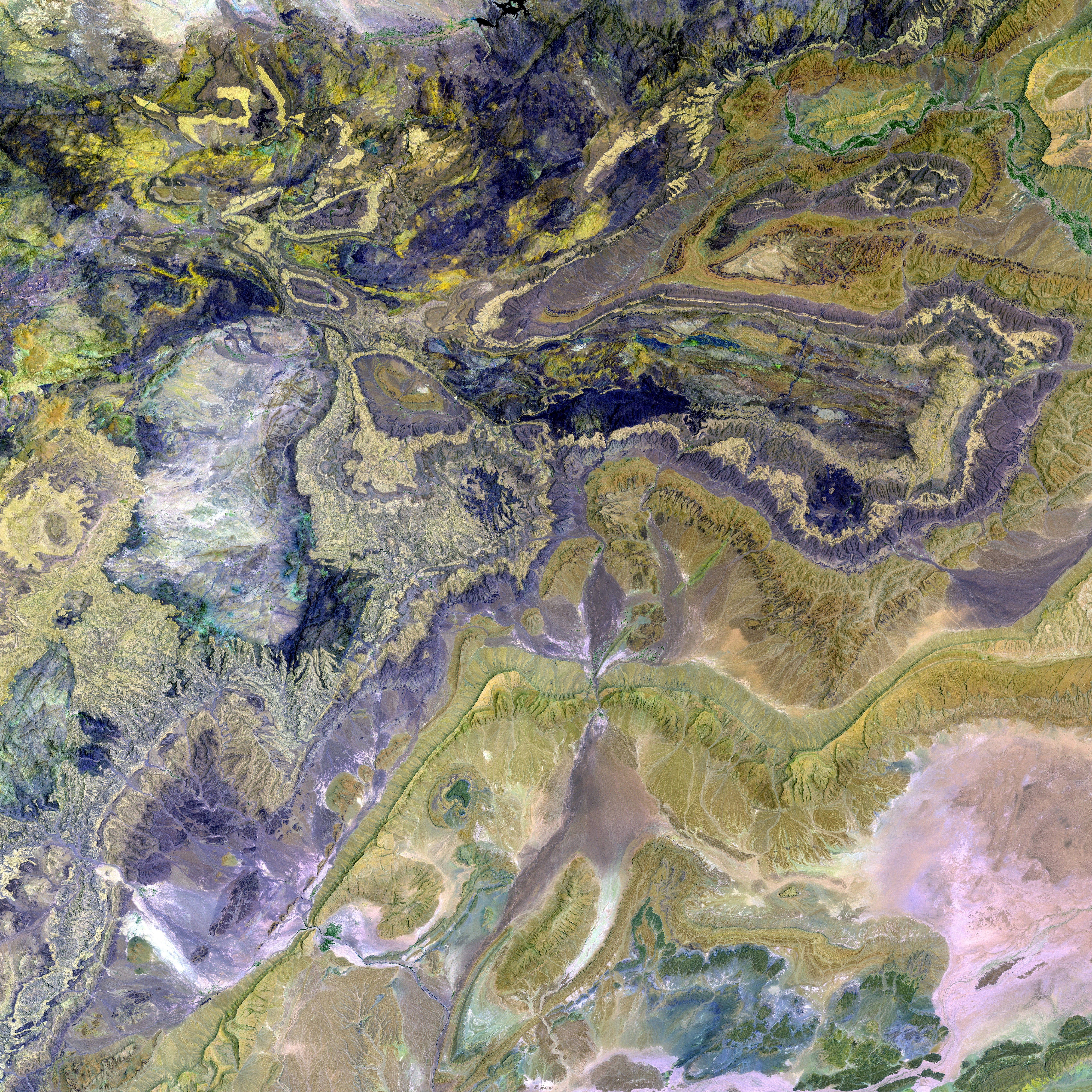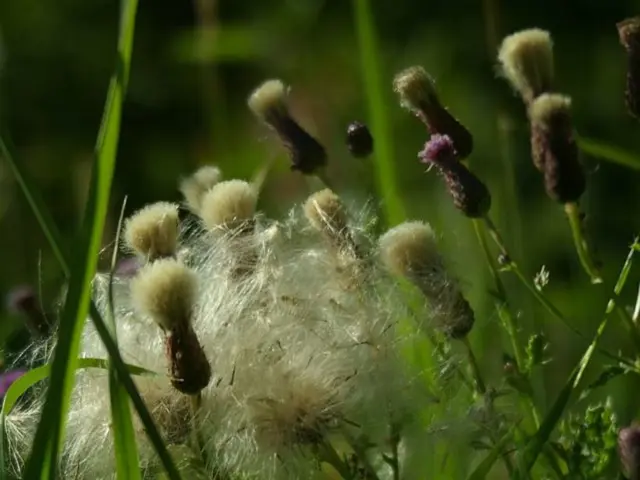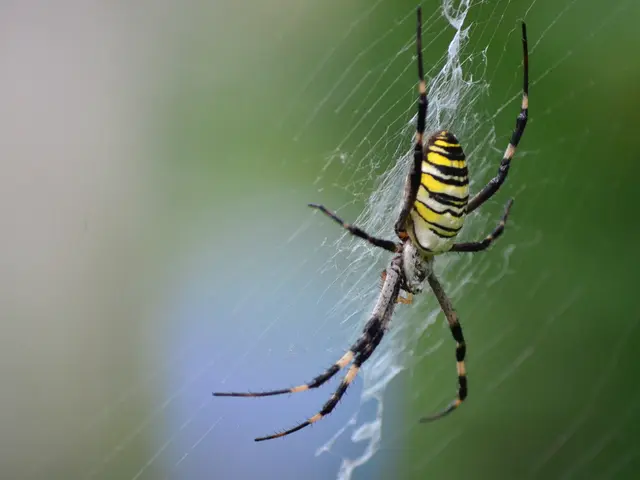Cultivating and Tending Dog Roses: A Guide
Dog Rose: A Vibrant and Wildlife-Friendly Shrub
The dog rose (Rosa canina), also known as briar rose due to its thorny stems, is a hardy, fast-growing shrub that offers attractive pink summer blooms and benefits to various wildlife species. Reaching around 2 meters in height as a hedge, it can climb other plants with support and boasts a single flowering period in early summer.
Succeeding the fragrant summer flowers, a prolific display of vibrant rosehips emerges, attracting birds such as blackbirds, redwings, and fieldfares, as well as small mammals like bank voles and squirrels. Known for their high vitamin C content, rosehips offer 20 times more of this essential nutrient than oranges (weight for weight), making them a valuable resource for both wildlife and humans, who can create syrups or jellies from them.
Rosa canina is an ideal choice for full sun areas, whether it's grown as a large shrub in the border or a hedging plant. Unlike many cultivated rose varieties, wild roses do not require feeding and should be pruned during late autumn to early spring, allowing wildlife to make use of the rosehips.
The dog rose shows its best performance in full sun, preferring moist, well-drained soil. However, it can tolerate some shade and poor soil, making it adaptable to various growing conditions. You can find this native plant in hedges in the countryside, coastal areas, the edges of woodland, and as a hedging or ornamental shrub.
To grow a dog rose, plant bare-root plants between November and April, starting by digging a hole of the same depth and width as the plant's rootball. Soak the rootball well before planting, then fork over the bottom of the hole, adding some granular fertiliser. Place the rose in the hole, placing a bamboo cane across the hole to guide its planting depth. Add compost to the soil, fill in around the rose, and water after planting. Aim for three to seven bare-root plants per meter for a dog rose hedge.
Water new roses in summer until they are established, and prune the plant after flowering is over, from late autumn through to early spring. Aim to remove dead, diseased wood, as well as crossing or weak branches, ensuring the center of the shrub remains congestion-free.
For propagation, take hardwood cuttings in autumn, cutting a section of new stem from the current year's growth, above a node. Cut the stem into pieces 25-30cm long, then make a slit trench in the soil, insert the cuttings, and firmly cover them with soil, watering well.
Dog roses may attract aphids, sawfly larvae, and leafhoppers, but natural predators usually keep these pests under control. Powdery mildew, which appears as a white powdery coating on the leaves, is the most likely disease affecting dog rose during long periods of dry weather. To prevent and treat powdery mildew, maintain good air circulation around the plants, prune regularly, keep the area clean, and consider using organic fungicides, baking soda sprays, or protective sprays.
Plant Size:Height: 200Spread: 200
When buying dog roses, check their health for signs of pests or diseases, and seek advice from the garden centre or nursery to determine the right number of plants for a hedge. Opt for bare-root roses for cost savings, or pot-grown roses for year-round planting, apart from when the ground is waterlogged or frozen.
Crocus, Thompson & Morgan, and Woodland Trust are good resources for dog rose plants. The dog rose is an excellent choice for adding vibrant color and supporting wildlife in your garden.
A dog rose, such as Rosa canina, is not only a wildlife-friendly shrub, but also a beneficial addition to a home-and-garden or a lifestyle that embraces gardening, as it thrives in various growing conditions and offers attractive blooms and nutritious rosehips. When grown as a home-and-garden plant, proper care includes planting it in full sun areas and well-drained soil, watering new growth, and pruning during late autumn to early spring.








